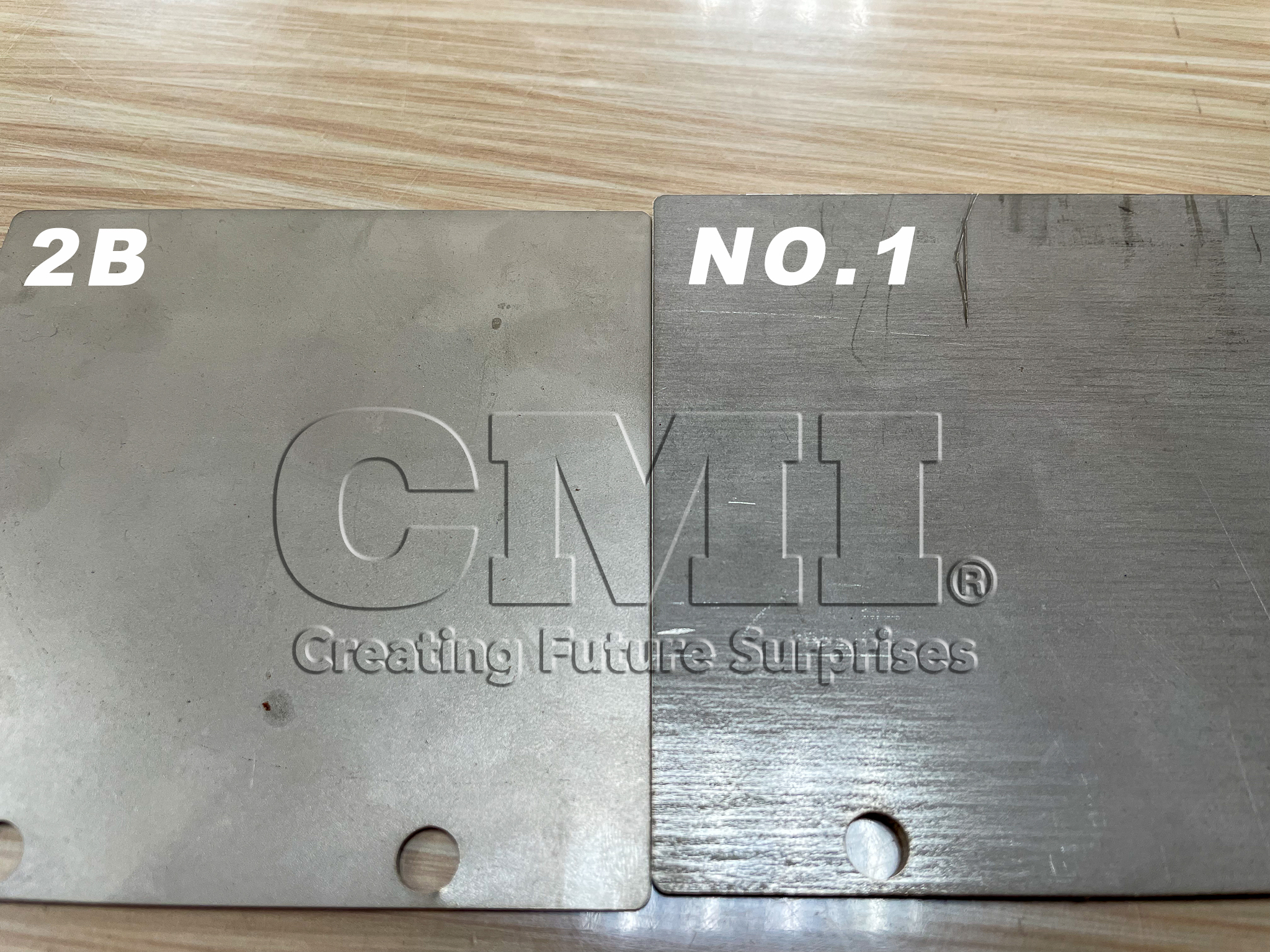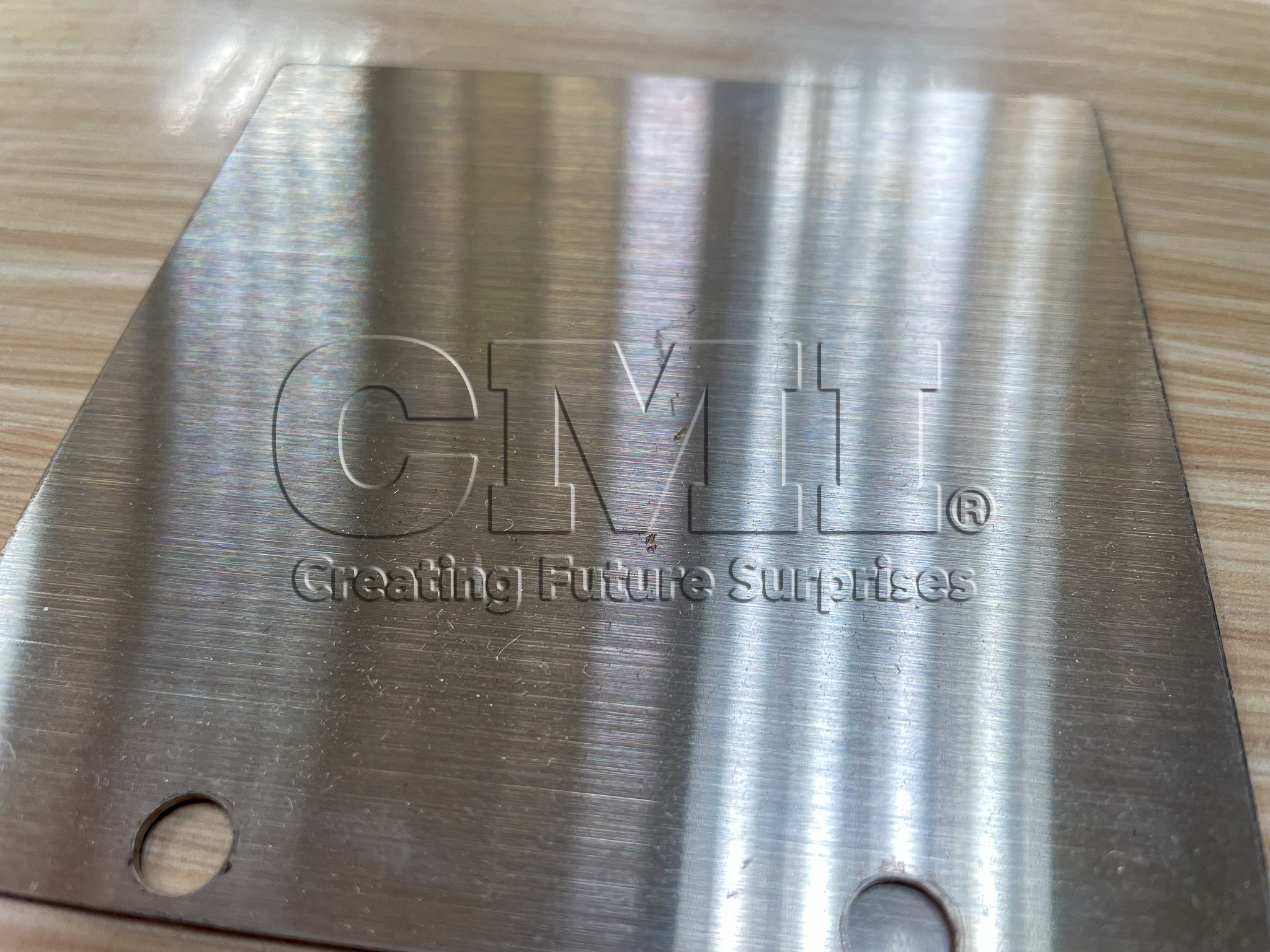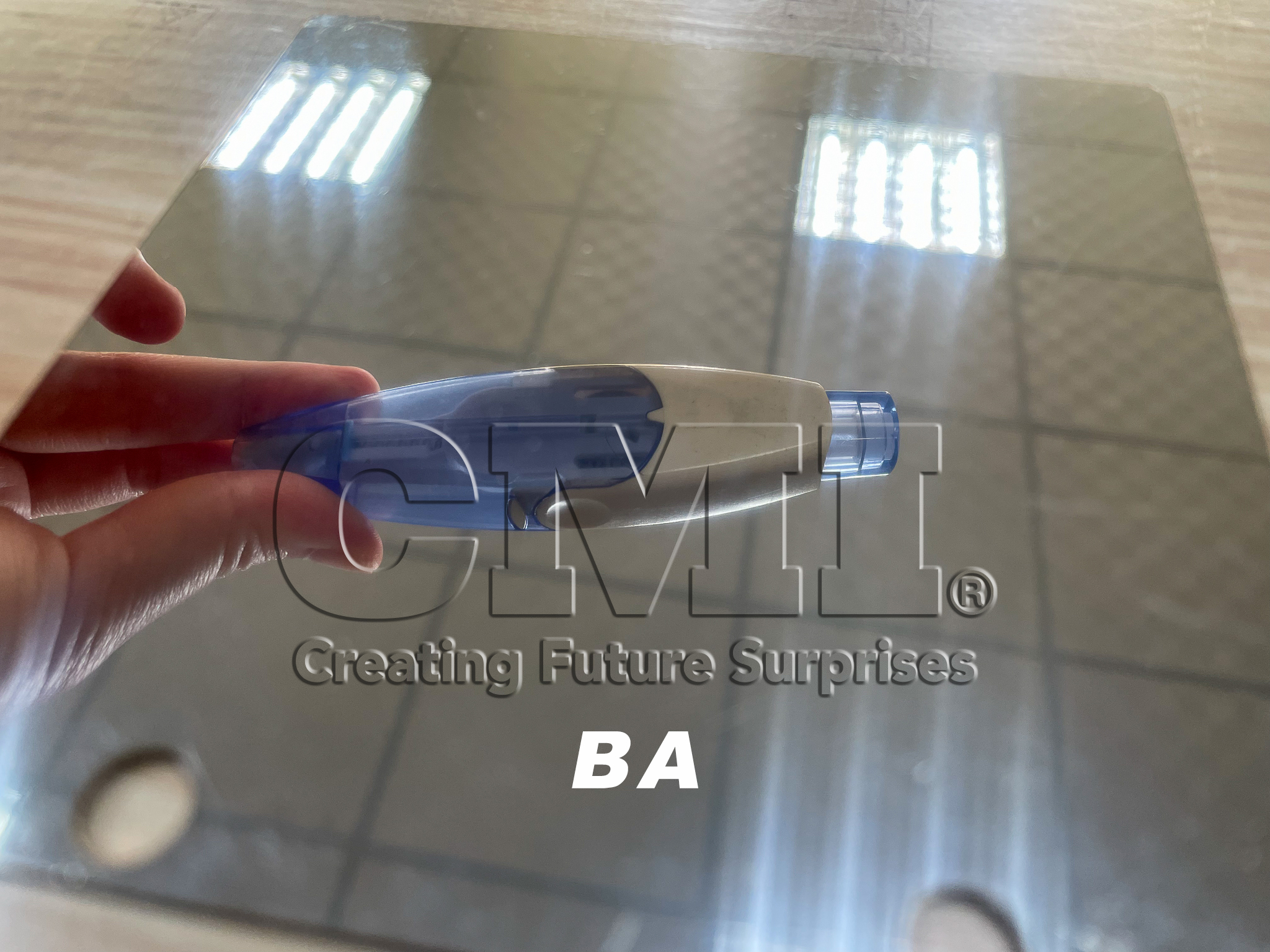
STAINLESS STEEL - 304 & 316
(AISI 304 & AISI 316)Both SUS304 and SUS316 are highly durable and can withstand harsh conditions. The choice between them depends on the specific application and the level of corrosion resistance needed. The "SUS" is the Japanese Industrial Standards (JIS) designation for stainless steel, while the international designation is "AISI" (American Iron and Steel Institute) with corresponding numbers such as AISI 304 and AISI 316. We use SUS in TAIWAN.
Common Stainless Steel Surface Treatments:

No.1 surface refers to hot-rolled steel with a rougher texture. It is typically thicker, starting from 3.0T, and is commonly used in industries requiring heat and corrosion resistance, where surface smoothness is not the primary concern. Applications include chemical tanks, equipment barrels, and other metal structural components that prioritize strength.

2B surface represents cold-rolled steel with a matte and smooth finish. It can undergo further grinding processes to achieve different finishes, such as bright surfaces and hairline finishes. It is widely used in medical equipment, mechanical parts, building materials, and various internal components.

HL surface is obtained through surface processing of 2B material. It is extensively utilized in architectural decoration, including elevators, escalators, facades, kitchen equipment, and metro gate machine casings.

BA surface is achieved through surface processing of 2B material, resulting in a smooth and shiny surface with excellent reflectivity. It finds wide applications in kitchenware, tableware, electrical appliances, medical peripherals, and architectural decoration.

No.8 surface is obtained by surface processing of 2B or No.1 material. It possesses the highest reflectivity, resembling a mirror, and is resistant to dust and contaminants. It is widely used in architectural decoration, including the construction industry, elevators, escalators, facades, as well as food and pharmaceutical machinery.
